Hemp-Derived Minor Cannabinoid Active Ingredients
for Pharmaceutical Applications
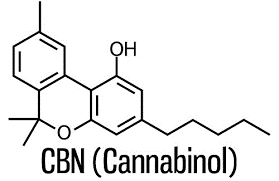
Cannabinol (CBN)
Cannabinol is a chemical found in the Cannabis sativa plant. Research on CBN is scarce, especially when it comes to human clinical trials, but some preclinical studies suggest CBN can be a therapeutic substance in a few ways.
Some early research suggests that cannabinol might affect the immune system and reduce pain.
There is interest in using cannabinol for sleep, pain, and as an appetite stimulant.
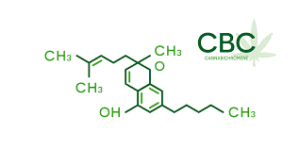
Cannabichromene (CBC)
CBC is a chemical found in the Cannabis plant. Cannabichromene might affect the brain and nerves and reduce pain and swelling.
There is interest in using cannabichromene for swelling (inflammation), pain, depression, and many other purposes, but there is no scientific evidence to support use at this time.
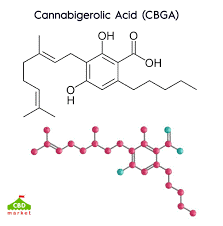
Cannabigerolic acid (CBGA)
CBGA is the acidic form of CBG; they’re similar but not the same. CBGA shows potent anticonvulsant properties in hyperthermia-induced and spontaneous seizures. Other research shows potential applications for CBGA including oral care and metabolic diseases
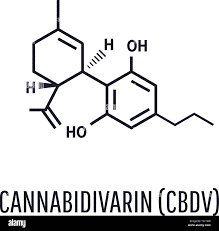
Cannabidivarin (CBDV)
Cannabidivarin (CBDV) is a chemical in the Cannabis sativa plant. It is similar to cannabidiol (CBD).
Early research suggests that CBDV might make certain nerve cells less active. These nerve cells are involved in swelling (inflammation), seizures, pain, and other conditions.
There is interest in using CBDV for seizure disorder, nausea, long-term swelling (inflammation) in the digestive tract, and other conditions, but there is no good scientific evidence to support these uses.
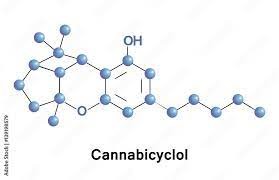
Cannabicyclol (CBL)
Cannabicyclol is a rare cannabinoid that naturally occurs when cannabichromene (CBC) oxidizes. In this way, cannabicyclol has the same relationship to CBC that cannabinol (CBN) has to THC—both cannabinoids are entirely natural but only appear when another cannabinoid oxidizes.
A variety of factors can cause CBC to oxidize into CBL. Heat, age, and UV light can all trigger the process, but in most cases, CBL is artificially oxidized in a lab. This does nothing to contaminate the end product but simply speeds along the conversion process.
